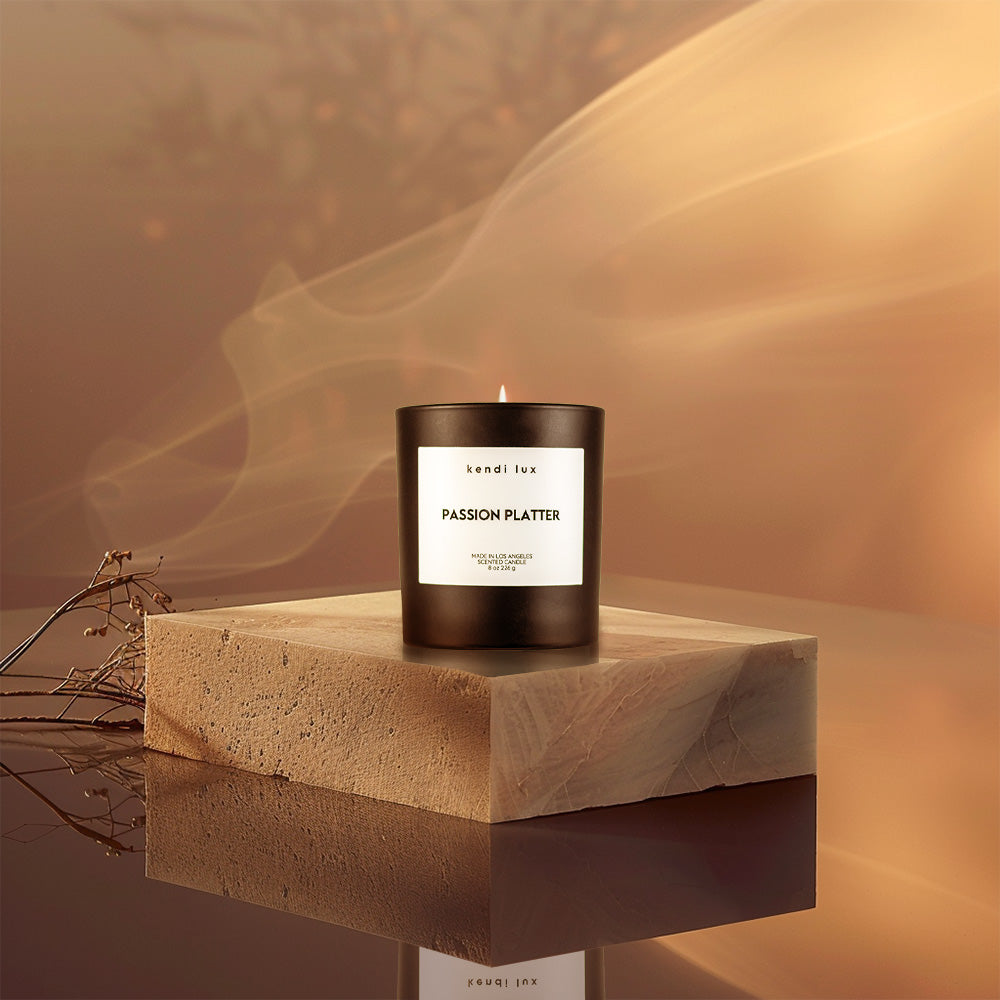
Illuminate the Past: The fascinating story of candles
Candles have been a source of light since the beginning of time. Since then, they have been an integral part of many religious and cultural practices, providing illumination for special occasions and everyday tasks. From ancient Roman temples to modern homes, candles have been a steady presence in the human experience, and the story behind them is a fascinating one. In this blog post, we will explore the history of the candle - from its invention and development to its place in modern society. Join us as we illuminate the past!
Early Beginnings: The first recorded use of candles
Candles have a rich and ancient history, with the first recorded use dating back over 5,000 years ago. The ancient Egyptians were among the first civilizations to harness the power of candlelight. They used reeds dipped in animal fat as primitive candles. These early candles provided light and were also used in religious ceremonies. The ancient Romans also used candles made from tallow, which is animal fat, as a source of light. As time went on, different materials were used to create the wick and the wax, resulting in improved candle performance. The development of candles has come a long way since those early days, and their significance has evolved as well. Join us as we dive deeper into the fascinating history of the candle and explore its role in society throughout the ages.
Wicks and Wax: How the production of candles evolved
Over time, the production of candles has evolved from primitive methods to more sophisticated techniques. Early candles were made using reeds or animal fat as wicks, but as civilizations advanced, new materials were used to improve the performance of candles. Beeswax candles, for example, became popular in ancient civilizations such as Egypt and Rome, providing a cleaner and more reliable source of light. In the Middle Ages, the use of tallow candles, made from animal fats, became widespread. Eventually, the discovery of paraffin wax in the 19th century revolutionized the candle-making industry, offering a cheaper and more accessible alternative. Today, candles can be made from a variety of materials, including soy wax, palm wax, and even recycled materials, showcasing the ever-evolving nature of candle production.
A Burning Brightly: Candles in religion and symbolism
Candles hold a special place in religious and spiritual practices, as well as in various cultural traditions. Their warm, flickering light has been associated with divinity, enlightenment, and transcendence for centuries. In Christianity, candles symbolize the presence of God and are used during rituals and prayers. In Buddhism, candles represent the light of knowledge and wisdom, guiding practitioners on their spiritual path. Hinduism also utilizes candles during worship to symbolize the divine presence and dispel darkness. Candles are also used in cultural celebrations, such as Hanukkah, where the lighting of candles represents the miracle of the oil that lasted eight days. From sacred ceremonies to personal meditation, candles continue to play a significant role in religious and symbolic practices, bringing a sense of spirituality and serenity to those who engage with them.
Lighting Up the World: Candles as a source of illumination
Candles have always played a crucial role in illuminating our world. Before the advent of electricity, candles were the primary source of light, casting a warm and flickering glow that created a cozy and intimate atmosphere. Whether it was a romantic dinner, a reading session, or simply navigating through a dark room, candles provided a reliable source of illumination. They brought a sense of comfort and tranquility to our daily lives. Even today, candles continue to serve as a backup light source during power outages, reminding us of their enduring practicality. Their soft, gentle light is still preferred for creating a soothing ambiance during relaxation or meditation. Candles have truly stood the test of time as a beacon of light in our ever-changing world.
The Rise of Alternatives: How technology replaced candles
As technology advanced, candles began to face stiff competition from alternative sources of light. With the invention of electricity, the world was introduced to the wonders of light bulbs, and candles started to take a backseat. The convenience and efficiency of electric lighting quickly overshadowed the romantic allure of candles. No longer were people reliant on open flames for illumination; instead, they could simply flick a switch and enjoy instant, steady light. The rise of technology meant that candles became more of a novelty or decorative item rather than a practical lighting source. While they may have lost their place as the go-to light source, candles still hold a special charm and continue to provide a sense of tranquility and nostalgia in our modern world.
The Art of Candle Making: A brief overview of candle making today
Candle making has become an art form in its own right, with a wide range of techniques and materials being used to create beautiful and unique candles. Today, candle makers have access to an array of waxes, including soy, palm, and beeswax, allowing them to create candles that are not only aesthetically pleasing but also environmentally friendly. The process of making candles has also become more advanced, with the use of molds, dyes, and fragrances to add extra dimension and personalization. Whether it's hand-pouring a small batch of artisan candles or utilizing high-tech machinery to create mass-produced designs, the art of candle making has truly evolved to meet the demands and preferences of modern consumers. So next time you light a candle, take a moment to appreciate the craftsmanship and creativity that goes into creating these illuminating works of art.
Candle Curiosities: Unusual uses and interesting facts about candles
Candles are more than just a source of light and a decorative item; they have some surprising uses and fascinating facts. Did you know that candles can help prevent foggy mirrors? Simply rub a dry bar of soap on a mirror and wipe it off with a cloth. Another curious fact is that beeswax candles emit negative ions that can improve air quality by neutralizing pollutants. Have you ever wondered why candles are often scented? Well, it's because scents can enhance mood and create a relaxing atmosphere. And did you know that the world's oldest known candle is over 5,000 years old? It was discovered in Egypt! From their unique uses to their rich history, candles continue to amaze and captivate us with their versatility and charm.



